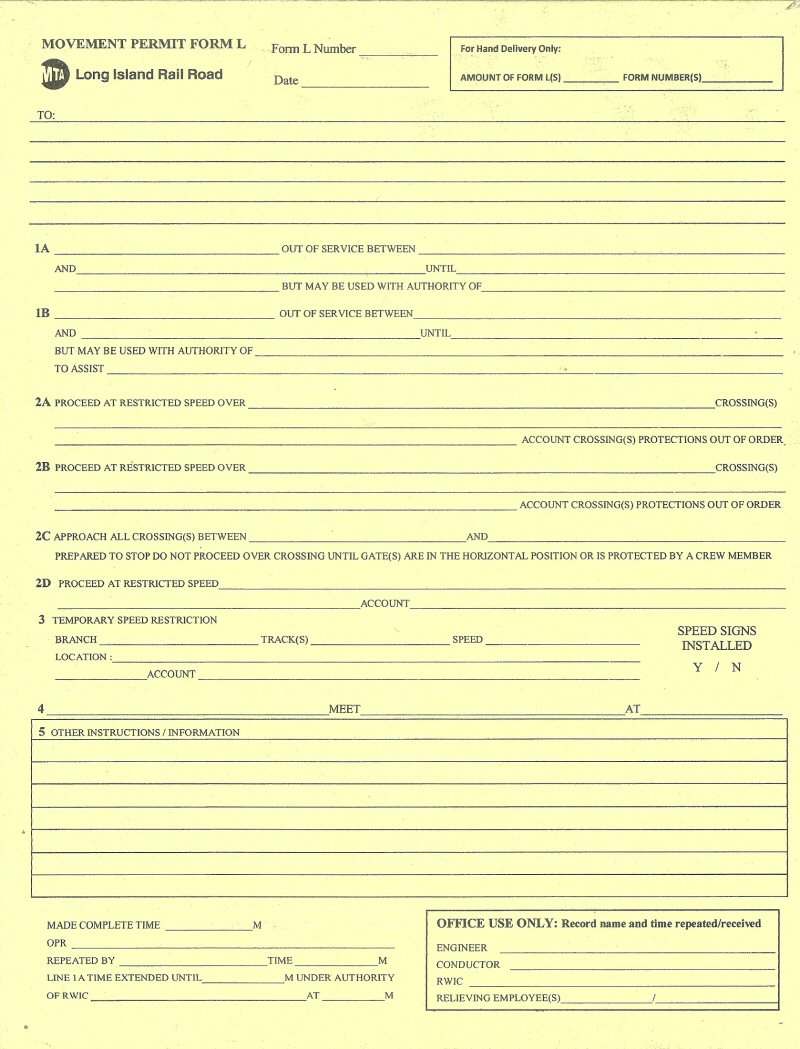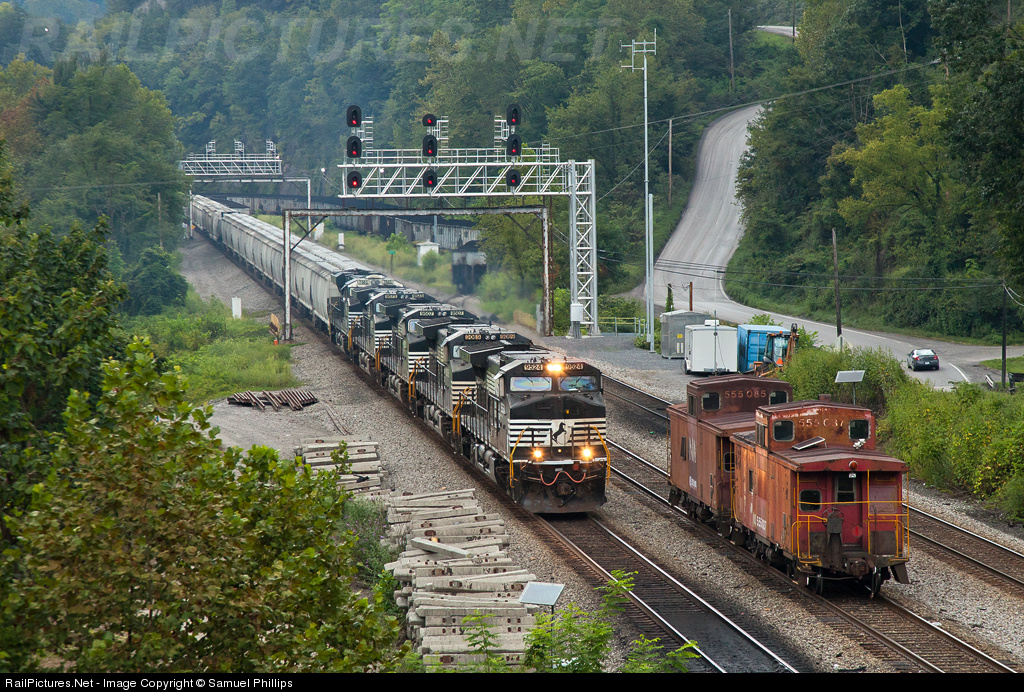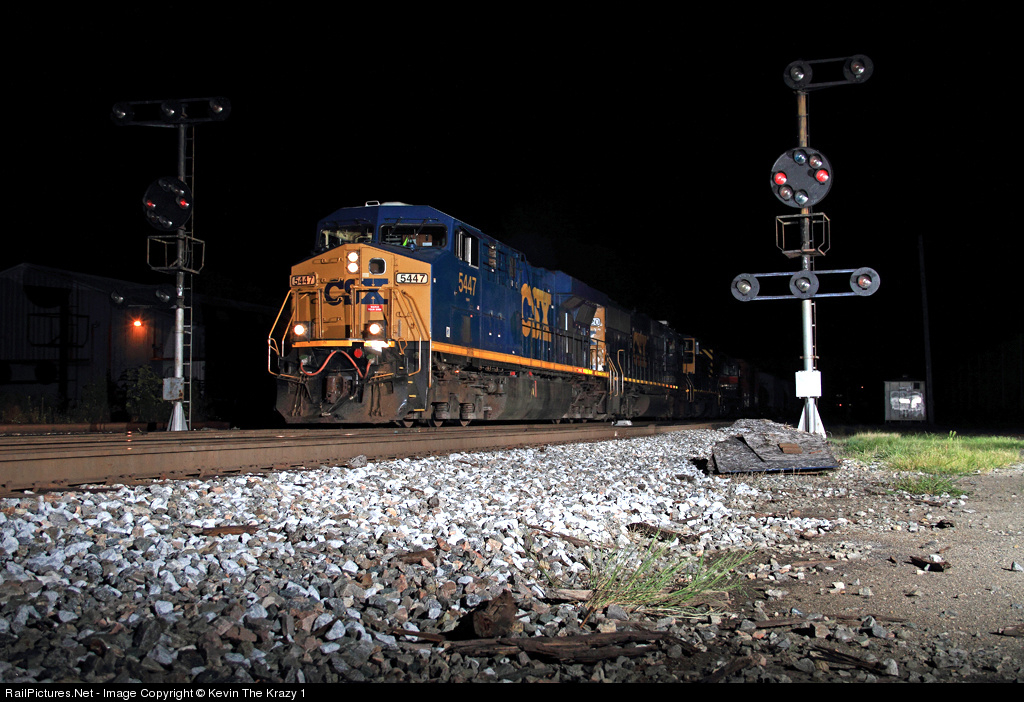METRA Tower A-2, also known as Western Ave, is one of the most epic interlockings in North America. Unlike many of the well known east coast interlockings like ZOO or UNION or JAY/HALL, Western Ave doesn't have networks of tunnels and flyovers artfully sending trains to their required destinations. Western Ave does things the Chicago way with brute force using diamonds, diamonds and more diamonds. Furthermore, the interlocking plans survives with an active tower and many original appliances from its heyday in contrast to many other large Chicago area interlockings which have fallen prey to resignaling and simplification in recent years.
Tower A-2 and the interlocking complex known as Western Ave is located a few miles to the west of downtown Chicago where the present day METRA
Milwaukee District crosses the
METRA UP West Line. However back in the day the interlocking actually involves three railroads. The heart of the interlocking was where the
Milwaukee Road's trunk line to the North and West crossed the former
Chicago Northwestern Railroad's main line to the west through Iowa. There is where one four track main line met another four track main line at grade and the only solution was a set of diamonds. Actually, diamonds would have been simple blessing, sort of an
Englewood of the north side, as the lines cross at about 30 degree angle which required a set of 16 double slip switches and movable point diamonds to be constructed. This is perhaps the largest such application of double slips and movable point diamonds to ever be installed in North America outside of a terminal location.
Just when you thought it couldn't get any better the Pennsylvania Railroad got involved. You see, the PRR didn't just have one route into Chicago. Aside from the familiar route via Fort Wayne, passing through the Quad Draws and 21st St Tower (aka Alton Junction), the PRR operated what was known as the
Panhandle Route, named after the West Virginian panhandle through which its main line passed after splitting off the usual main line at Pittsburgh. The line continued on via Columbus, Richmond and Logansport, entering Chicago through the back door, running parallel to the B&OCT up through
75th St Junction and the
Brighton Park crossing until it hit the CNW main line where it made a sharp right hand turn to curve back in toward the loop and the Chicago Union Station complex, rather ironically traveling the final miles to Chicago heading due east. This right turn is located at Chicago's Western Avenue and is also the point where the PRR Panhandle Route would merge with the Milwaukee Road's Chicago main line. Due to the PRR's 50% stake in the Chicago Union Station enterprise, this part of the line was equipped with position light signaling, making the junction at Western Ave a real Chimera with PRR, CNW and Milwaukee Road signals.

So let's take a quick look at Western and as you can see in this thankfully clear interlocking diagram, its layout borders on the insane. It is similar to the interlockings at either ZOO or Janacia in function, a major sorting and junction point where two trunk lines meet on their way downtown, but like I said this one takes the brute force approach instead of something more elegant with ramps and flyovers. The 83 lever US&S Model 14 interlocking is large, but still modest in size falling well short of at century mark at 83 total levers with 69 active. Like I mentioned before the real hallmark of this interlocking are the doubleslip switches and movable point diamond (MPD) crossings. Aside from the 4x4 crossing with its 7 doubleslips and 8 MPD's, as built there were two additional doupleslips for a trailing point ladder track on the CNW trunk and three additional MPD's where the Milwaukee Road track join with the PRR tracks. All told there are 11 MPD's and 9 doubleslip switches, amounts not normally encountered of outside of terminal interlockings.
It is also interesting to note how this interlocking was zoned. As you can see there is the Milwaukee /CNW crossing zone and the Milwaukee/PRR junction zone. In the PRR Zone the PRR was of course calling the shots and all of the signals were position light. The CNW tracks of course has CNW type ssearchlight ignals and the last entrance for the Milwaukee Road was equipped with Milwaukee searchlights. As the interlocking plant was built in 1938, all of the signals were of the most modern type (ie no semaphores) and those original signals remain in service to this day, for the most part.
At this point I wanted to mention that the photos used for the essay come from a series of my own trips to Western Ave (exterriors) and from a source at METRA (interriors). My own trips were taken in
2007 on an inbound UP West Line train,
2009 on an inbound Milwaukee District train and
2010 on a trip to the Western Ave METRA station. This first photo of the tower was from the 2007 set.




.jpg)




